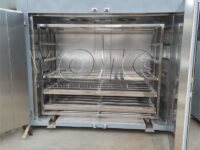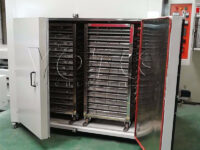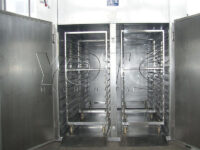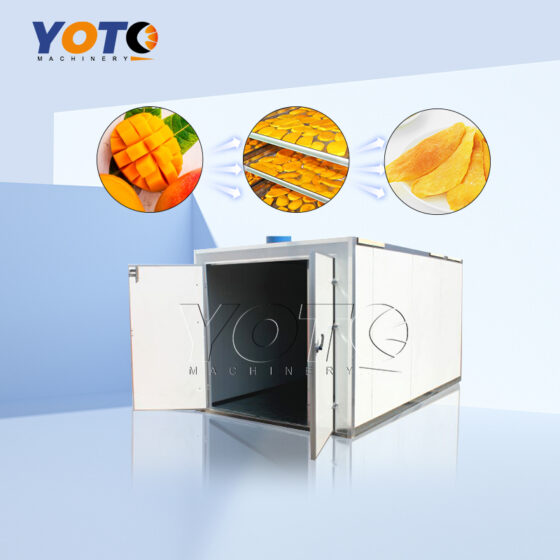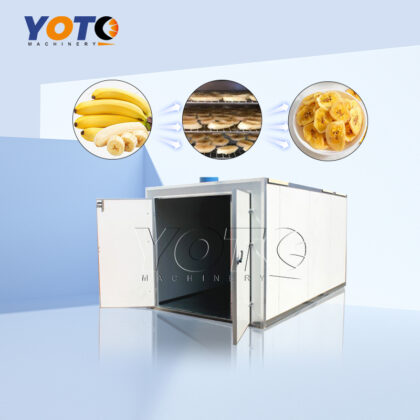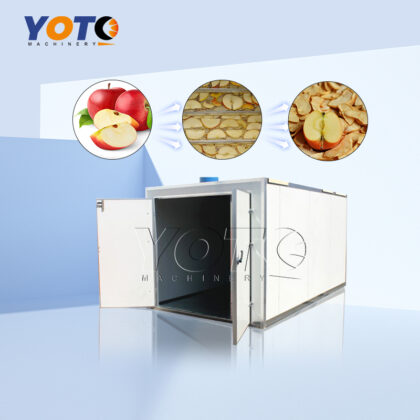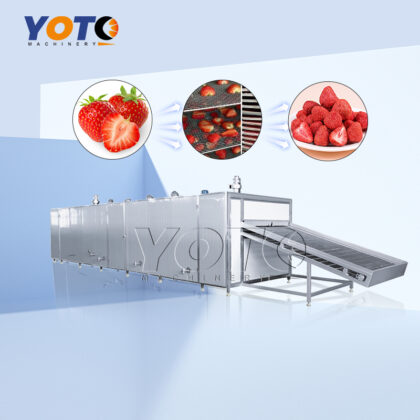Pitaya is a delicious, nutritious fruit with a variety of uses, not only as a stand-alone fruit, but also in a variety of cuisines and beverages that are part of a modern, healthy diet.
It boasts a low noise level, a high-temperature proof axial flow blower, and an automatic temperature control system. The oven uses forced hot air, heated by electric, steam, or gas, which circulates within the fully enclosed chamber. Our drying oven stands out from the competition due to its exceptional features. Choose our drying oven for the best performance and efficiency on the market. Thanks to this innovative design, our oven achieves an impressive heat efficiency of 35-45%, with the highest efficiency reaching an outstanding 50%. This material also enhances heat transfer, increases the rate of moisture evaporation, and reduces drying time. The oven is constructed with food-grade stainless steel 304 material, ensuring safe production.
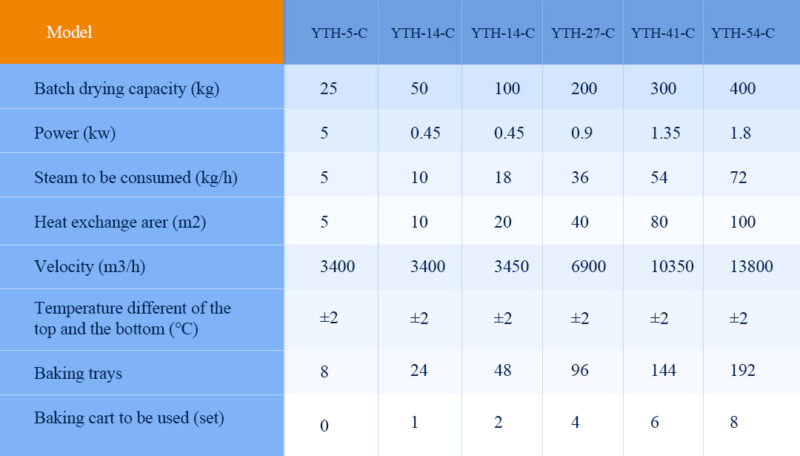
1. The entire enclosure adopts a fully enclosed structure, enabling efficient utilization of internal circulating hot air for energy savings.
2. Multi-stage temperature control, with uniform adjustable temperatures.
3. Equipped with an integrated high-temperature-resistant long-axis fan, ensuring forced circulation of hot air and significantly minimizing heat loss during circulation.
4. The insulation layer adopts asbestos to further reduce heat loss.
5. Drying carts and trays adhere to industry-standard specifications, offering a variety of tray styles suitable for diverse industries and interchangeable usage.
6. The machine operates with low noise and balanced performance, featuring self-temperature control and easy installation and maintenance. It is versatile and can dry various materials, making it a general-purpose drying equipment.
Step 1: To prepare, make sure to select fresh and ripe pitaya and ensure there are no visible damages or rotting parts. Next, peel and wash the pitaya to remove any surface dirt and impurities. Then, cut them into slices. With these simple steps, you’ll be on your way to perfectly dried pitaya!
Step 2: To dry the pitaya, put them in the drying equipment and adjust the temperature and time according to the provided instructions. Be sure to evenly distribute the pitaya on the tray to ensure they dry evenly. It’s best to use temperatures between 125°F (about 52°C) and 135°F (about 57°C). The drying time usually ranges from 6 hours to 12 hours.
Step 3: Regularly check the condition of the pitaya to ensure even drying, and you can turn the slices to facilitate the drying process.
Step 4: Once the pitaya have finished drying, take them out and let them cool. To extend their shelf life, store the dried slices in a cool, dry, and well-ventilated container, away from direct sunlight and humidity.
Users can adjust the drying process according to their needs during actual use.
Fruit: Mango, banana, apple, strawberry, grape, lemon, longan, apricot, fig, tangerine, persimmon, pineapple, rosa roxburghii tratt, golden berry, grapefruit, loquat, cantaloupe, wax berry, start fruit, pawpaw, lychee, jackfruit, pitaya, arecanut, etc.
Vegetable: Tomato, cassava, potato, chili, yam, mushroom, agaric, ginder, onion, garlic, radish, beet root, eggplant, bitter, oyster mushroom, pumpkin, etc.
Sea food: Sea cucumber, squid, fish, shrimp, kelp, etc.
Flower&Leaf: Rose, jasmine, osmanthus, chrysanthemum, tea leaf, tobacco, etc.
 fruit and vegetable drying machines
fruit and vegetable drying machines




